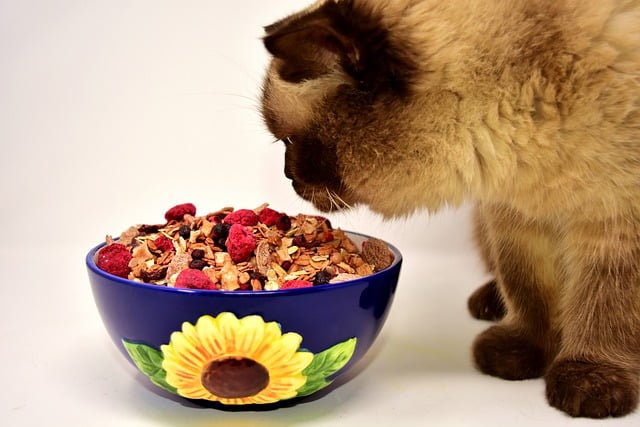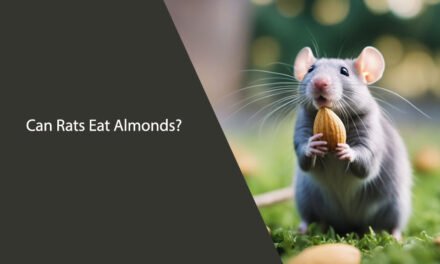
As a responsible pet owner, choosing the right food for your feline friend is one of your most important decisions. With so many options available, deciding which brand and type of cat food is the best fit for your furry friend may be overwhelming.
This guide will discuss the various factors to consider when choosing the best diet for your pet.
Table of Contents
Understanding Your Cat’s Nutritional Needs
Before diving into the different types of nutrition available, it’s essential to understand your cat’s nutritional needs. A cat’s diet should consist of a balance of protein, fats, and carbohydrates to keep them healthy and happy. Adult cats need a minimum of 26% protein, and 30% protein for kittens. Additionally, cats require taurine, an essential amino acid for their health and must be included in their diet.
Types of Food for Cats
There are three main types of food: dry, wet, and semi-moist. Each has its advantages and disadvantages, and it’s essential to consider your cat’s specific needs when deciding which type to choose.
Dry
Dry food, known as kibble, is the most common type people buy. It’s affordable, convenient, and can be left out for free feeding. However, it’s important to note that many contain a lot of carbohydrates and fillers, which can lead to weight gain and other health issues.
Wet
Wet food is an excellent choice for cats that don’t drink enough water or have dental issues. It contains more moisture than a dry one and is an excellent way to hydrate your cat. However, it can be more expensive than a dry one and needs to be refrigerated after opening.
Semi-Moist
Semi-moist is a less common type that falls between dry and wet food. It’s more expensive than the dry one and typically contains a lot of sugar and artificial flavours, which can lead to obesity and dental problems.
How to Choose Food for Your Cat
Read the Label
When choosing a diet, it’s important to read the label carefully. Look for brands that list meat as the first ingredient, as cats require high protein in their diet. Avoid those that contain a lot of fillers, such as corn, wheat, or soy, as they have little nutritional value and can cause digestive issues.
It’s essential to pay attention to the calorie count and serving size listed on the label. Overfeeding your pet can lead to obesity, which can cause a host of health problems. Generally, a healthy adult cat should consume between 20-30 calories per pound of body weight per day.
Consider Your Cat’s Age and Health
It’s essential to consider your cat’s age and health. Kittens need more protein and calories than adult cats, so choose a nourishment specifically formulated for kittens until they are one year old. Older cats may require special diets to help with weight management or other health issues, such as kidney disease or diabetes.
It’s also essential to consider any allergies or sensitivities your pet may have. Some cats may be allergic to certain ingredients, such as chicken or fish, which can cause digestive or skin problems. If you suspect your cat has a food allergy, consult your veterinarian for guidance.
Choosing the best cat food for your furry friend is an important decision that requires careful consideration. By understanding your cat’s nutritional needs, reading labels, and considering its age and health, you can make an informed decision that will keep your cat healthy and happy. Remember to choose a high-quality one that lists meat as the first ingredient, and avoid fillers and carbohydrates.




